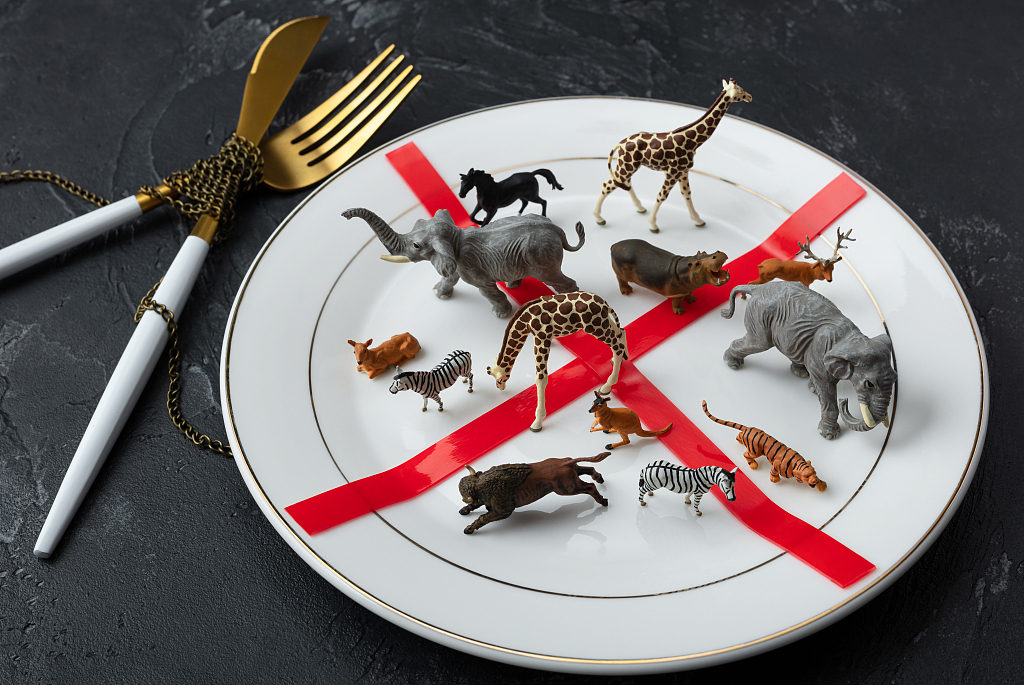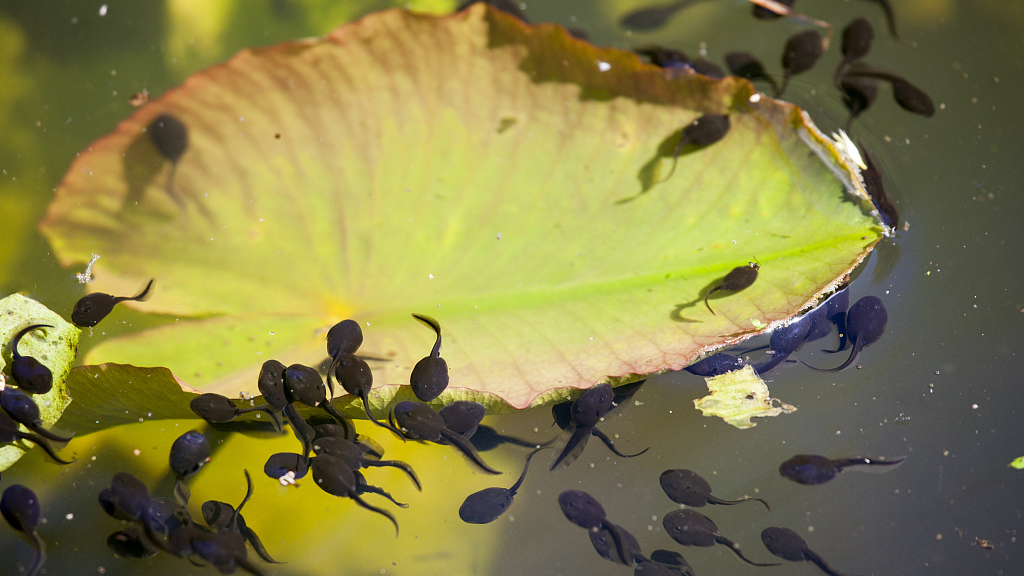Humans can eat what they like, and animals also have their favorite food. However, pathogens are not picky eaters.
"Pathogens don't care if the host animal is protected (by law) or not. Sometimes it is the animals that are not on the key protection list, like bats, the civet cat, marmots and hedgehogs, who become natural or intermediate hosts for the anthropozoonosis," says Lyu Zhi, professor of Conservation Biology at Peking University.

Based on an analysis from Peking University and the Shanshui Conservation Center, slightly more than 60 percent of the recorded wildlife species are under state protection, leaving over 1,000 animal species unprotected in China.
But that doesn't mean these unprotected species are open for hunting or safe for eating.
Besides the SARS-CoV-2 that caused new epidemics, there are many other deadly viruses that come from wild animals.
The Nipah virus was transferred from pigs to humans, with the fruit bat as the natural reservoir.
The Hendra virus was transferred from horses, with the Australian flying fox as the natural host.
The notorious Ebola virus also killed many endangered gorillas and chimpanzees during previous outbreaks.

A piglet being vaccinated. /VCG
A piglet being vaccinated. /VCG
With rising cries to revise the Wild Animal Conservation Law of China, animal quarantine has become a hot topic again. And this is where academia cannot reach a consensus. Some experts suggested a white list for those edible animals that passed the quarantine inspection. While some said there are not enough quarantine standards for the specific animals.
In the meantime, various parasites and pathogenic bacteria are found in wildlife. For example, the sparganum mansoni is usually parasitic in cyclopoids, tadpoles, and the uncooked meat of frogs and snakes. Once affected, the parasite can cause serious illnesses in the digestive system and even reach the brain.

The goal of performing quarantine on wild animals and their meat products is to screen potential risks before they become food.
Unlike domestic animals that have been living with mankind for thousands of years, animals in the wild have only disclosed part of their survival secrets. There are a whole lot of things remaining to be studied.
Until strict and full-scale animal quarantine is put into effect, there are more hidden dangers for new diseases than people can imagine.
Pathogens aren't picky, but people can make a choice. To eat on the wild side or not should never be a question.
(Cover via VCG)
(If you want to contribute and have specific expertise, please contact us at nature@cgtn.com)